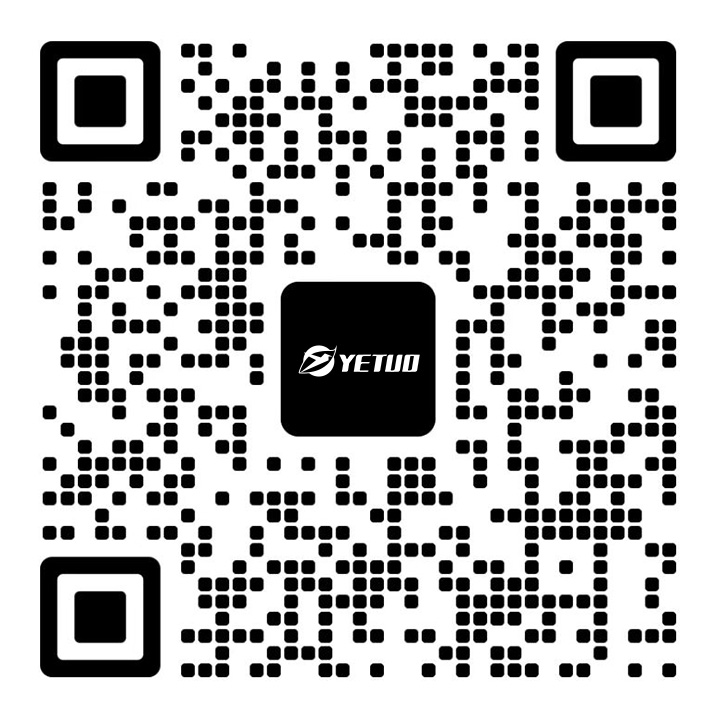As an important device for measuring air flow velocity and volume, the Shanghai Yetuo anemometer requires attention to the correct operation method during use to ensure the accuracy of measurement data and the service life of the equipment. The following are detailed usage precautions for the air flow meter:
1、 Ensure the correct measurement position
·Wind measurement: When measuring the air volume at the wind outlet, the probe or hood of the air volume meter should be covered over the air outlet to ensure that the air flow is not disturbed.
·Air duct measurement: When measuring the wind speed inside the air duct, it should be measured at the center position of the duct and multiple point measurements should be taken to take the average value to improve accuracy.
·Avoid the influence of eddy currents: Avoid measuring in places with drastic changes in wind speed or large eddy currents, such as the edges of air vents, bends in air ducts, etc.
2、 Choose the appropriate measurement mode
·Different types of anemometers are suitable for different application scenarios, such as hot wire anemometers for low wind speed measurement, impeller type anemometers for high wind speed measurement, and air volume hoods for wind outlet airflow measurement.
·Set the correct measurement unit: Common units include m ³/h (cubic meters per hour), L/s (liters per second), and CFM (cubic feet per minute). When using, choose the appropriate unit according to your needs.
3、 Avoid external environmental interference
·Avoid high temperature and high humidity environments: Some sensors of the air flow meter are sensitive to temperature and humidity, and should be avoided from measuring in harsh environments to avoid affecting measurement accuracy.
·Avoid dust pollution: Prolonged use in environments with high levels of dust may cause sensor blockage or dust accumulation, affecting measurement accuracy. It is recommended to regularly clean the probe.
·Avoid electromagnetic interference: Being close to high-voltage power sources or strong magnetic fields may affect the stability of electronic sensors. It is recommended to use an air flow meter in an environment without strong electromagnetic interference.
4、 Calibration and maintenance
·Regular calibration: The air volume meter may drift after long-term use, and it is recommended to perform regular calibration to ensure the accuracy of the measurement data.
·Cleaning probe and hood: The probe, impeller or hood of the air flow meter should be cleaned regularly to avoid dust accumulation affecting the measurement results.
·Storage environment: When not in use, the air flow meter should be stored in a dry, non corrosive gas environment, avoiding direct sunlight and high temperature storage to extend its service life.
5、 Data recording and transmission
·Proper data storage: Some air volume meters have data recording functions, so it is important to ensure that the storage card or memory is sufficient for long-term monitoring of air volume changes during use.
·Data transmission: If the air volume meter supports mobile transmission or Bluetooth data transmission, it is recommended to export the measurement data regularly for subsequent analysis.
6、 Avoid erroneous operations
·Do not measure without the air volume meter turned on to avoid abnormal data.
·Do not measure in strong winds or high-speed airflow for a long time, as it may damage the sensor of the anemometer.
·Avoid measuring air flows containing corrosive gases to prevent damage to internal components of the instrument.
summarize
The Shanghai Yetuo air flow meter is a precision measuring equipment that requires ensuring the correct measurement method, avoiding external environmental interference, and regular maintenance and calibration to ensure the accuracy of measurement data and the long-term stable operation of the instrument during use.

 Alibaba Store
Alibaba Store Tmall Store
Tmall Store Jingdong Sstore
Jingdong Sstore







